- This topic is empty.
-
Topic
-
URB, the visionary minds behind the Dubai Reefs Project and The Loop in Dubai, have introduced the Dubai Mangroves project, setting a new benchmark for coastal regeneration. This ambitious endeavor aims to fuse ecological preservation with urban development, enriching Dubai’s coastline by planting over 100 million mangrove trees across a span of 72 kilometers. Aligned with the environmental objectives of the Dubai 2040 Master Plan, the initiative focuses on bolstering urban resilience, biodiversity, and sustainable planning.
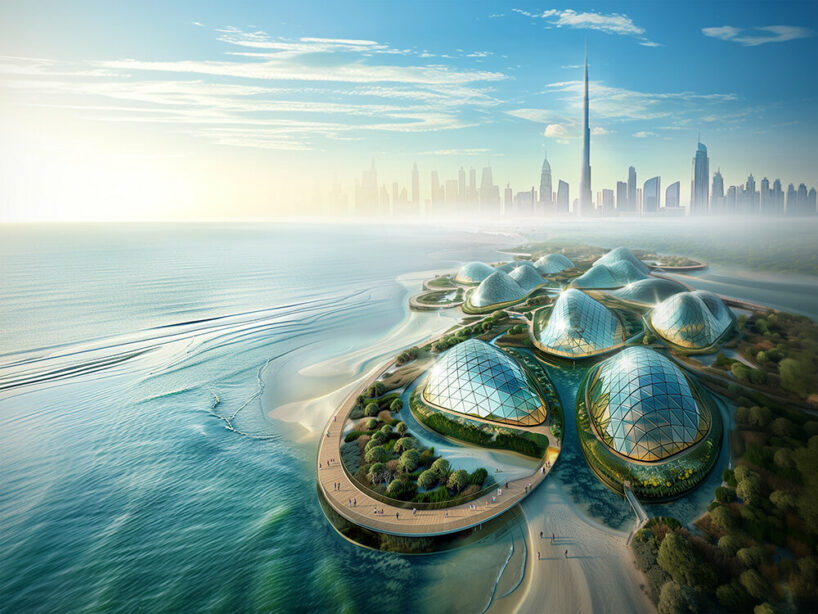
At its core lies the Mangroves, renowned for their capacity to sequester carbon, shield coastal regions from erosion, and nurture marine life essential for food security. With each tree capable of absorbing around 12.3 kg of CO2 annually, the entire project has the potential to sequester a staggering 1.23 million tonnes yearly, equivalent to offsetting the CO2 emissions of over 260,000 gasoline-powered passenger vehicles annually.
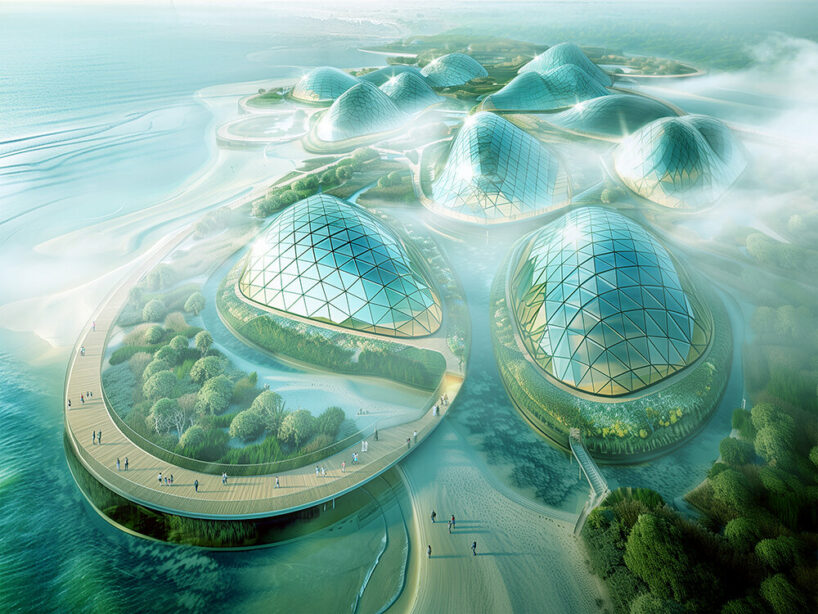
Promoting Edutainment
Beyond its ecological impact, the Dubai Mangroves project incorporates edutainment elements, including the Mangrove Visitor Hub. This innovative space is designed to educate and captivate both the local community and visitors about the significance of mangroves and the broader environmental challenges confronting our planet. Alongside the Botanical Museum and the Nature Reserve Conservation Center, these facilities will serve as hubs for research, education, and advocacy, fostering environmental consciousness among residents and tourists. Baharash Bagherian, CEO of URB, emphasizes, “This project transcends mere coastal regeneration or resilience; it epitomizes a global standard for harmonizing the planet’s needs with those of its inhabitants.”
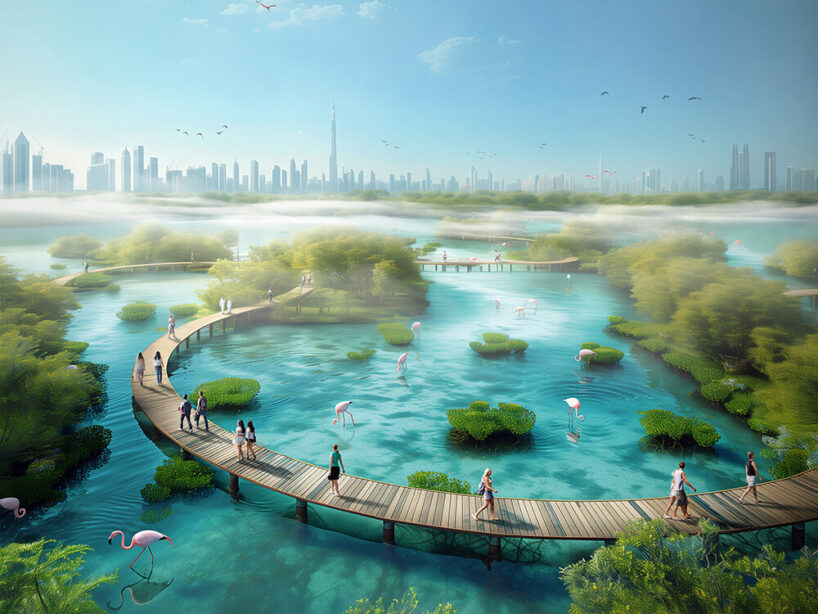
Six Pilot Design Studies
Currently in the research phase, the Dubai Mangroves project features six pilot design studies slated for implementation in selected zones. These strategic areas have been meticulously chosen to refine methodologies for mangrove restoration and explore the integration of diverse infrastructural elements that cater to both the ecosystem and community requirements.
The designated zones for these pivotal pilot studies encompass Jebel Ali Beach, Dubai Marina Beach, Jumeirah Public Beach, Umm Suqeim Beach, Mercato Beach, and Dubai Islands Beach.
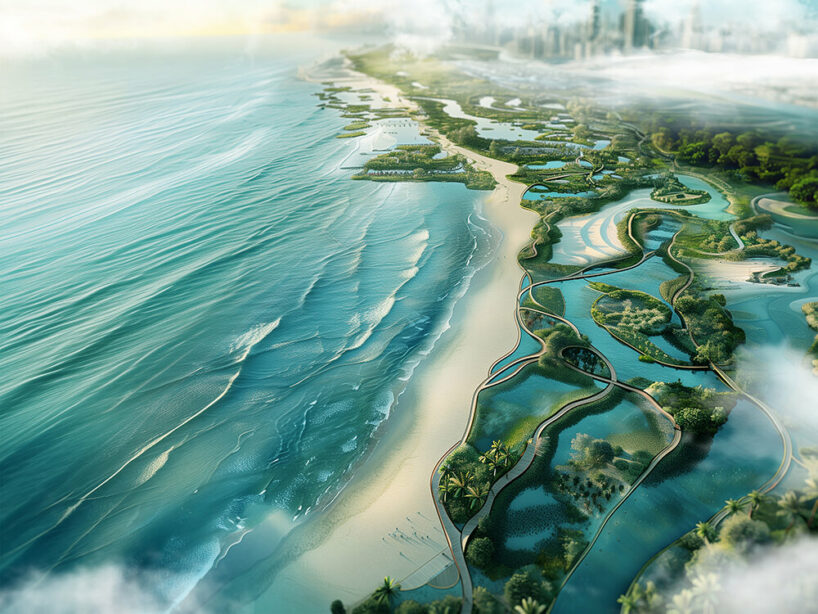
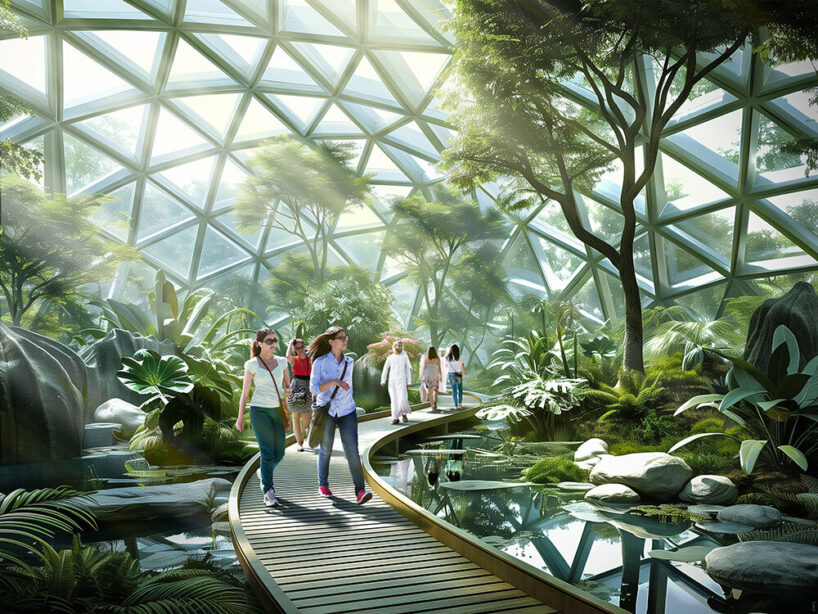
Innovative Infrastructures and Sustainable Practices
Spanning these zones, Dubai Mangroves will introduce a diverse range of social, environmental, and leisure infrastructures. These developments will include beach sports facilities, wildlife habitats, spaces dedicated to biosaline agriculture practices, and integrated running and cycling tracks. Each zone will exemplify how a harmonious blend of infrastructural elements can complement mangrove restoration efforts, creating multifunctional coastal landscapes that offer ecological, recreational, and aesthetic benefits.
- You must be logged in to reply to this topic.